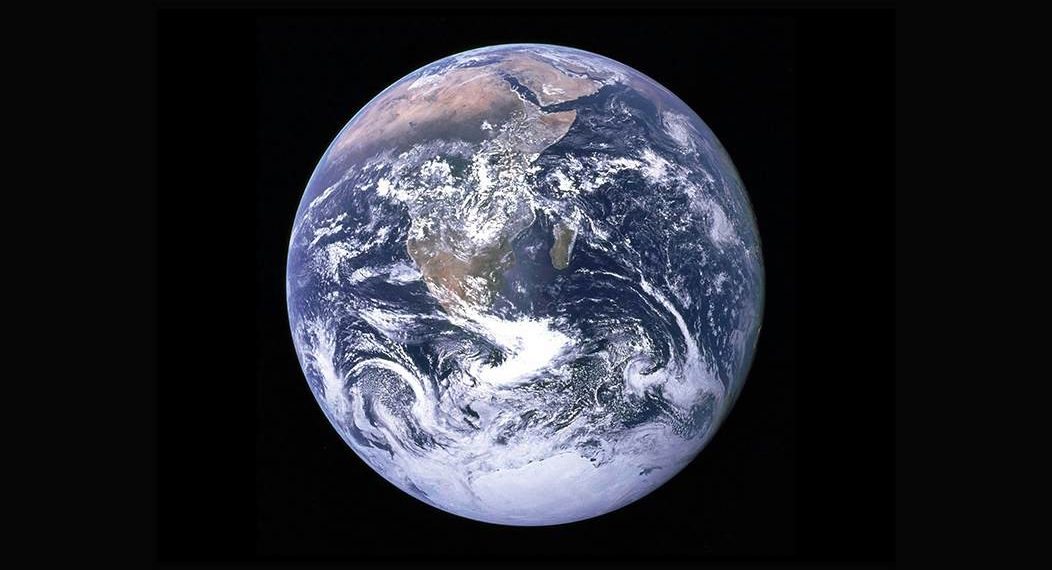Space is big. Really big. In just our little solar system neighborhood, the distances and expanses of empty space are hard for us to wrap our minds around. And there are a lot of loose little bits of rock and ice floating around, some in the asteroid belt between Mars and Jupiter, and some on really long elliptical orbits that every now and then cross Earth’s orbit.
Now and then, one big enough to do some serious damage smacks into our little planet. The Tunguska Event was one of those. So was the space rock that created that big crater in Arizona. Now, NASA has a group that keeps track of objects that might slam into Earth; that would be the NASA Center for Near Earth Object Studies. Europe has a counterpart in the European Space Agency. On Wednesday, NASA announced the discovery of just such an object, which they calculate may hit Earth, and it has enough mass to really make a mess.
Fortunately, the odds of it hitting Earth are under one percent. In 2032. So, don’t panic.
A newly discovered asteroid has a tiny chance of smacking Earth in 2032, space agency officials said Wednesday.
Scientists put the odds of a strike at slightly more than 1%.
“We are not worried at all, because of this 99 percent chance it will miss,” said Paul Chodas, director of NASA’s Center for Near Earth Object Studies. “But it deserves attention.”
First spotted last month by a telescope in Chile, the near-Earth asteroid — designated 2024 YR4 — is estimated to be 130 to 330 feet (40 to 100 meters) across.
So, probably not anything to worry about. Even if it does hit Earth, we should still take an even strain; if it hits a settled area, that would be bad, but it’s not anything like the one that did in the dinosaurs, so not an extinction-level event – and there’s nothing we can do about it in any case.
This is interesting, all the same. Why? Because it’s happened before, and it will happen again. The solar system’s kind of a messy place. There are a lot of things floating around, and we can only watch a small portion of the sky. […]
— Read More: redstate.com



